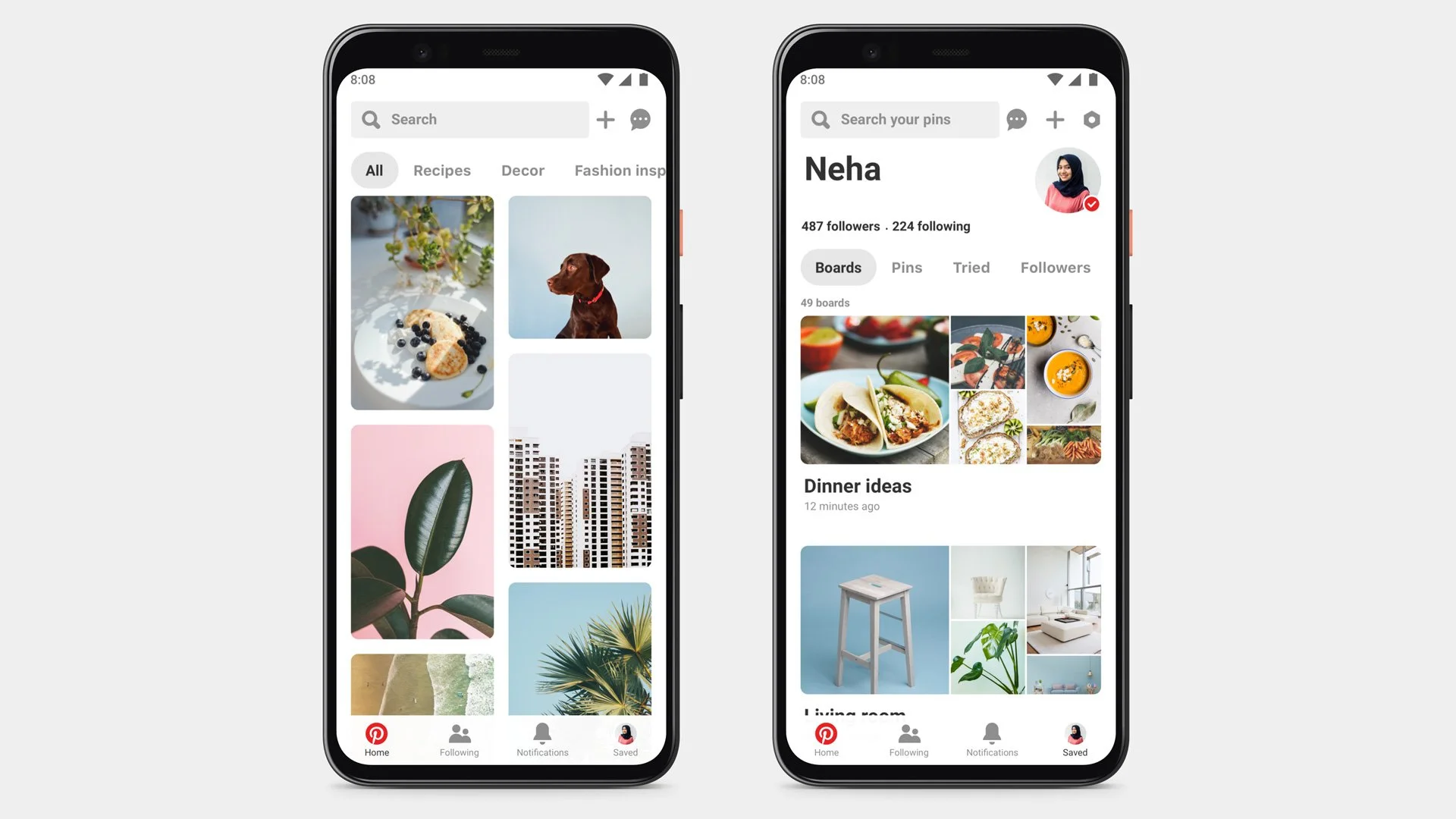What is a Progressive Web Application?
A progressive web application (PWA) is a type of web app that combines the best features of both websites and native apps. They're built using web technologies like HTML, CSS, and JavaScript, but offer a user experience similar to a traditional app.
Key features of a Progressive Web Application:
Installability: PWAs can be added to the user's device home screen, similar to a native app, providing a more familiar and convenient experience.
Offline functionality: WAs can work offline or with limited internet connectivity, thanks to service workers that cache essential content and resources
Push notifications: PWAs can send real-time notifications to users, even when the app isn't open, enhancing engagement and keeping users informed.
Full-screen mode: PWAs can be launched in full-screen mode, providing a more immersive and distraction-free experience.
Platform independence: PWAs are built using web technologies (HTML, CSS, JavaScript), making them compatible with various devices and operating systems, including smartphones, tablets, and desktops.
Faster load times: PWAs often load faster than traditional web pages, thanks to caching and optimized performance.
Enhanced user experience: PWAs can offer a more app-like experience with features like app-style navigation, offline capabilities, and push notifications.
Reduced development costs: PWAs can be built and maintained using a single codebase, reducing development and maintenance efforts.
Benefits of Creating a Progressive Web Application
Progressive Web Apps offer several advantages for businesses and users alike. Here are some of the key benefits:
For Users:
Improved User Experience: PWAs provide a more app-like experience with features like offline functionality, push notifications, and faster load times.
Enhanced Engagement: Push notifications can keep users engaged and informed, even when the app isn't open
Offline Functionality: PWAs can work offline or with limited connectivity, ensuring a seamless experience.
Faster Load Times: PWAs often load faster than traditional websites, improving user satisfaction.
Platform Independence: PWAs work across various devices and operating systems, offering a consistent experience.
For Businesses:
Increased User Engagement: PWAs can lead to increased user engagement and retention due to their app-like features.
Improved Conversion Rates: Faster load times and a better user experience can contribute to higher conversion rates.
Reduced Development Costs: PWAs can be built and maintained using a single codebase, reducing development and maintenance costs.
Enhanced SEO: PWAs can improve search engine rankings due to their faster load times and better user experience.
Improved Brand Perception: PWAs can enhance a brand's reputation by providing a modern and engaging user experience.
Drawbacks of Progressive Web Applications
While PWAs offer many advantages, there are also some potential drawbacks to consider:
Limited Browser Support: While most modern browsers support PWAs, older or less popular browsers may have limited compatibility.
Service Worker Limitations: Service workers, a core component of PWAs, can be complex to implement and may require careful testing to ensure proper functionality.
User Adoption: Users may need to be educated about the benefits of PWAs and how to install them on their devices.
App Store Limitations: PWAs may not have the same visibility or discoverability as native apps in app stores.
Performance Considerations: While PWAs can be highly performant, complex PWAs may still face performance challenges, especially on older or less powerful devices.
Platform-Specific Features: Accessing platform-specific features like camera or geolocation can be more challenging in PWAs compared to native apps.
User Experience Differences: While PWAs strive to mimic native app experiences, there may still be subtle differences in user interactions or design elements.
Examples of Progressive Web Applications
E-commerce and Retail
Alibaba: One of the world's largest online marketplaces, Alibaba's PWA offers a fast and reliable shopping experience.
Starbucks: The Starbucks PWA allows users to order and pay for drinks ahead of time, making it convenient for on-the-go customers.
Pinterest: The visual discovery platform's PWA offers a smooth and engaging experience, even with limited internet connectivity.
Social Media
Twitter Lite: A lightweight version of Twitter designed for emerging markets, Twitter Lite is a PWA that offers core features while reducing data usage.
Instagram: The popular photo and video sharing app has a PWA version that allows users to browse and interact with content without needing to download the native app.
News and Media
The Washington Post: The Washington Post's PWA provides a fast and engaging news reading experience, even offline.
Forbes: The business magazine's PWA offers a streamlined interface for accessing articles and news updates.

